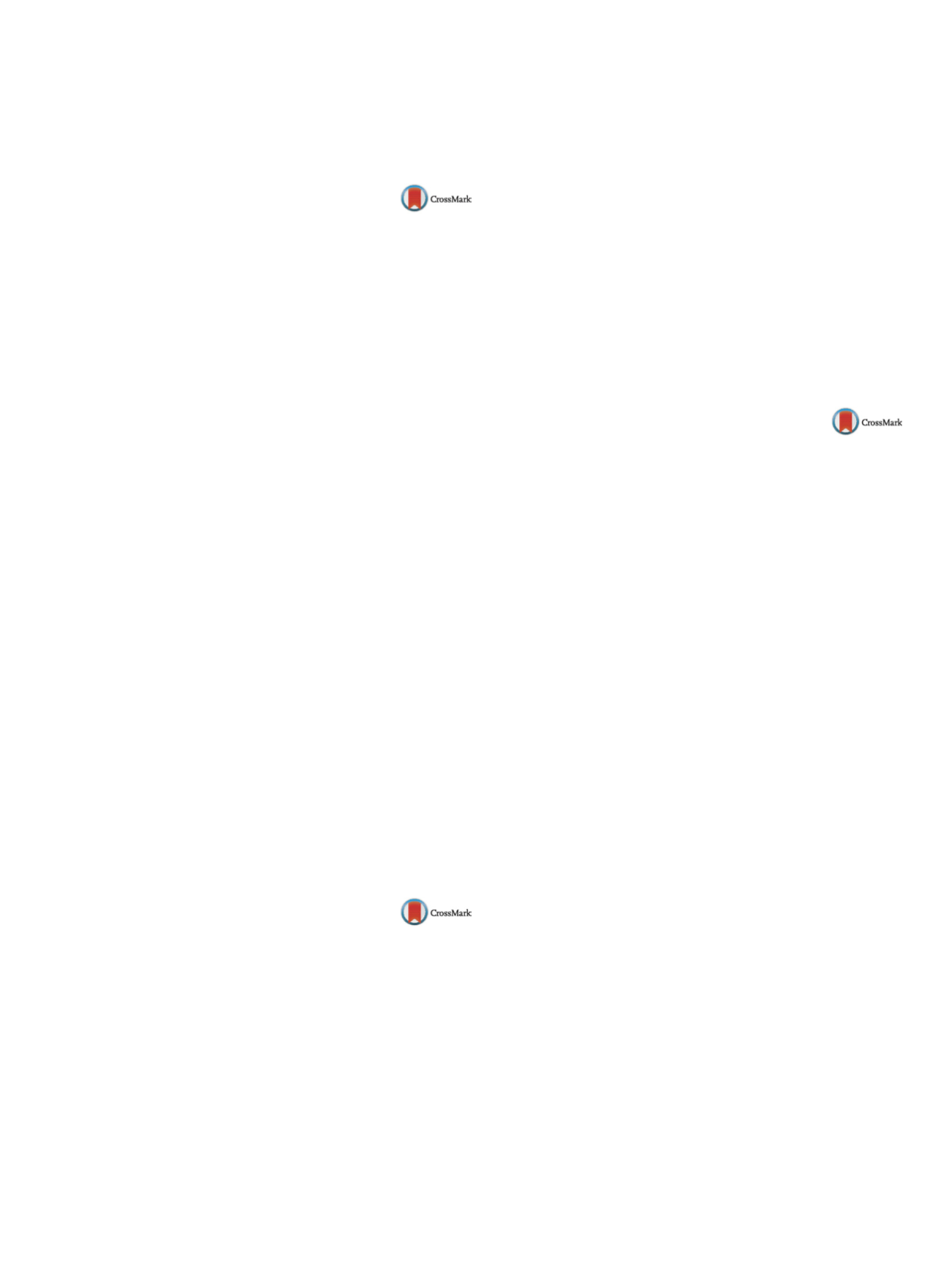

25th European Congress of Psychiatry / European Psychiatry 41S (2017) S465–S520
S509
Disclosure of interest
The author has not supplied his declaration
of competing interest.
http://dx.doi.org/10.1016/j.eurpsy.2017.01.651EV0322
Evaluating quality of sleep in patients
with diagnosis of chronic obstructive
pulmonary disease
L. Utas Akhan
Bulent Ecevit University, Psychiatry Nursing Department, Zonguldak,
Turkey
Background
Multicenter study showed that sleep disorders was
diagnosed in approximately 40% of patients with chronic obstruc-
tive pulmonary disease. COPD is a condition that is most widely
investigated regarding its relation with sleep.
Objectives
Our study is a complementarily one that is carried out
to determine how COPD affects the quality of sleep.
Methods
This study enrolled 300 patients with COPD, who
receive treatment in an occupational diseases hospital of min-
istry of health, Turkey, and control group of 100 healthy
volunteers. This definitive, cross-section study was conducted
between 01.02.2016–31.04.2016. Socio-demographic details form,
epworth sleepiness scale and Pittsburgh sleep quality index
are used to gather the study data. Any disease that affects
sleep structure (Obstructive sleep apnea syndrome, substance
abuse, irritable leg syndrome, depression, anxiety disorder, peptic
ulcer) and a treatment that can affect sleep patterns (antide-
pressant, anxiolytic, diuretic) and to work all patients who
were planned to receive Hamilton depression and were assessed
with anxiety scale and anxiety, depression those who have
high points to think of the reins are not included in the
study.
Results
Score obtained from Pittsburgh sleep quality index–A
subjective test - was significantly high in the COPD group. Acti-
graphic sleep parameters that include ‘actual wake time’, ‘actual
wake %’, ‘total activation score’ and ‘fragmentation index’ were
significantly high in the COPD group comparing to control group.
Among actigraphic sleep parameters, ‘actual sleep time’, ‘actual
sleep’ and ‘sleep efficiency’ were significantly lower in the COPD
group comparing to control group.
Conclusions
The study demonstrates that chronic obstructive
pulmonary disease poses negative influence on the quality of sleep
and leads to sleep disorders.
Disclosure of interest
The author has not supplied his declaration
of competing interest.
http://dx.doi.org/10.1016/j.eurpsy.2017.01.652EV0323
Prevalence frequency of disabilities
and psychological symptoms in
patients diagnosed chronic
obstructive pulmonary disease
L. Utas Akhan
Bulent Ecevit University, Psychiatry Department, Zonguldak, Turkey
Background
Chronic obstructive pulmonary disease (COPD) is a
major cause of morbidity and mortality chronic obstructive pul-
monary disease can cause intense psychological distress due to the
caused problems that individuals experience in their lives. COPD is
among a number of medical disorders associated with a high rate
of depression and other psychological problems.
Objectives
In this study, it is aimed to evaluate the prevalence
of psychological symptoms and disability in patients with chronic
obstructive pulmonary disease.
Methods
The study includes 100 volunteers as a control group
and 200 patients diagnosed with COPD who are being treated
in a hospital for occupational diseases of the Turkish ministry
of health. It is performed as definitive-cross-sectional between
12.03.2016–30.04.2016. In gathering the data; socio-demographic
Information form, brief disability questionnaire and Beck depres-
sion scale and SCL 90 R scale are applied. The mean age of the
COPD group is 49.2
±
3.4 (25–78) and the control group is 45.1
±
2.4
(27–60).
Results
In our study, depressionwas detected in 56% of caseswith
chronic obstructive pulmonary disease. Mean brief disability ques-
tionnaire score was found 7.28. Mild disability was found in 21%,
moderate disability in 38% and severe disability in 29%. Moreover,
It was also found that obsessive-compulsive and depressive symp-
toms were higher in COPD cases in comparison with the healthy
group.
Disclosure of interest
The author has not supplied his declaration
of competing interest.
http://dx.doi.org/10.1016/j.eurpsy.2017.01.653EV0324
Exploring sources and types of
information about Huntington
disease received by affected families
M. Vamos
1 ,∗
, J. Conaghan
2, T. Lewin
31
John Hunter Hospital, Liaison Psychiatry, Newcastle, Australia
2
John Hunter Hospital, Social work, Newcastle, Australia
3
University of Newcastle, Faculty of Health, Newcastle, Australia
∗
Corresponding author.
Introduction
While revealing the presence of Huntington Disease
(HD) within the family setting has received considerable research
interest, the sources of information and the detail of which aspects
of the illness are discussed remains unexplored. This study’s pri-
mary aimwas to identifyHD information sources, both professional
and family, and to describe the types of information received
by members of affected families, with the hypothesis that some
aspects of the disorder would be more fully addressed than others.
Method
Clients drawn from a specialist genetic unit looking after
families with HD (
n
= 46) were engaged in structured interviews
and completed standardized questionnaires, including: the psy-
chological adjustment to genetic information scale (PAGIS); and a
current psychological distressmeasure (K10). Participants obtained
HD related information from a mean of 4.76 sources (49.3% profes-
sional).
Results
As expected, genetic and neurological symptoms were
more frequently described (97.7% and 86.4% respectively) than
cognitive and psychological/psychiatric (63.6%; 52.3%). Regression
analyses were used to identify potential predictors of current
distress, adjustment, and information satisfaction. Rated satisfac-
tion with information received was higher among participants
with a gene positive family member. Across the PAGIS sub-
scales, there were differential associations with the predictors
examined.
Conclusions
Given that HD is a multi-faceted condition affecting
the entire family, needs would be better addressed if informa-
tion provided went beyond discussion of genetic and movement
disorders, and extended to the cognitive, psychological and
behavioral aspects which are strongly associated with quality of
life.
Disclosure of interest
The authors have not supplied their decla-
ration of competing interest.
http://dx.doi.org/10.1016/j.eurpsy.2017.01.654

















